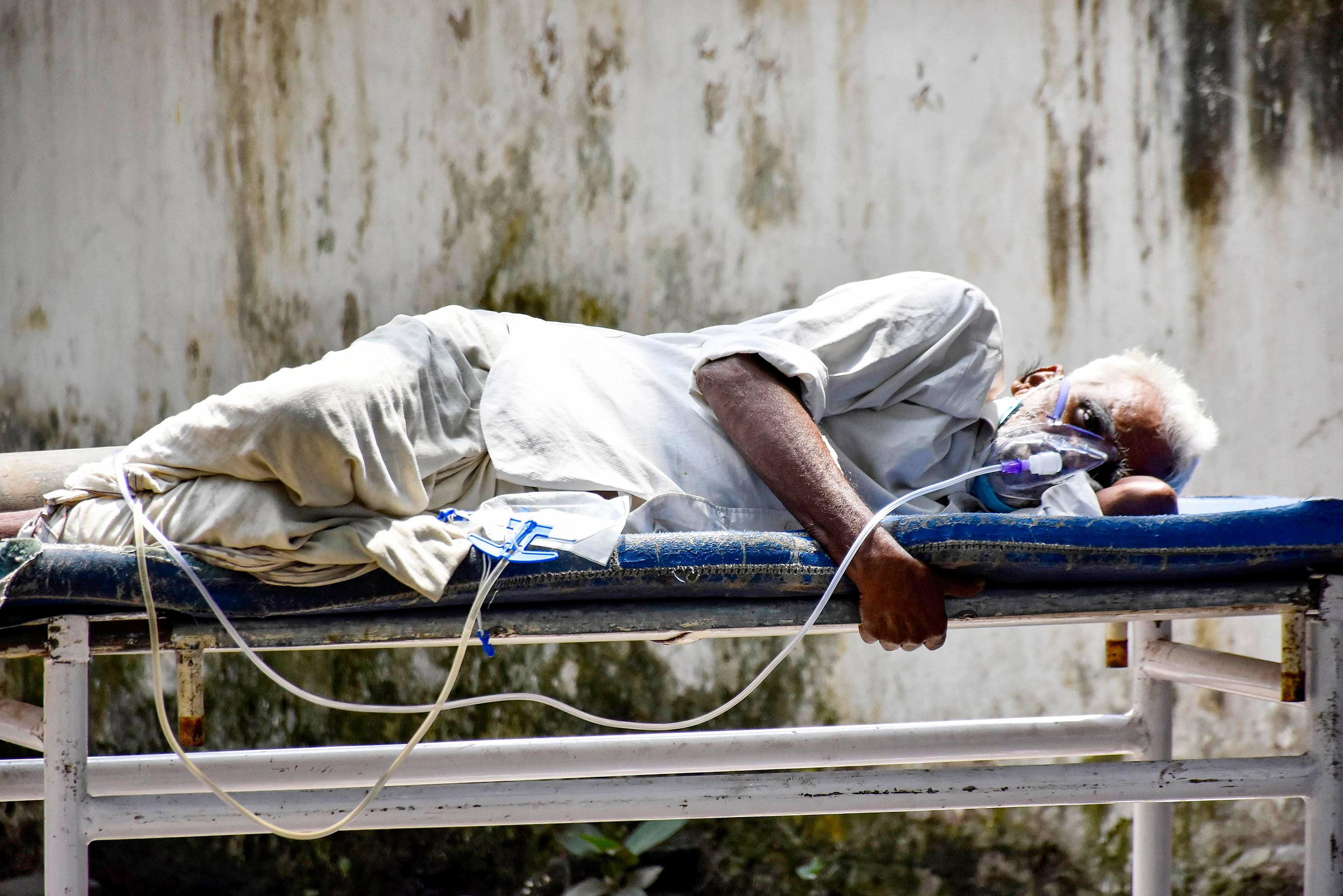
Karnataka has seen several deaths caused by mucormycosis, the rare but dangerous infection that has sent the medical community and the health department into a tizzy. The state is yet to come up with guidelines to treat it. Here are the warning signs of the infection and how to prevent the infection:
What is mucormycosis? How does it occur?
Mucormycosis is an infection caused by a group of fungi called mucormycetes. It's also called black fungus infection because it's characterised by black nasal discharges and black patches of skin around the nose in the initial stages. Transmission generally occurs through inhalation, inoculation or ingestion of the fungal spores. It can also spread through bandages, linen, unsterilised water, poor air filtration, non-sterile instruments and open wounds.
What does the infection do? Who is at risk?
The infection most commonly affects the sinuses and lungs. It enters the nasal cavity, thrives there in the mucus and then spreads into the eyes and finally the brain. Diabetic and immunocompromised patients are the most at risk. Rhinocerebral mucormycosis is an infection in the sinuses that can spread to the brain if the patient has uncontrolled diabetes and undergone kidney transplant. When inhaled, the fungal spores attack people with weak immune systems, and infect the sinuses, lungs and eyes, leading to the loss of vision. If left untreated, this can spread to the brain and cause organ failures.
Why is there sudden concern about mucormycosis?
Cases of mucormycosis are on the rise, especially among Covid-19 patients and survivors. Those who recovered from Covid-19 after having been on oxygen or under intensive care have lost their eyes, and in some cases, died because of undiagnosed and untreated mucormycosis. Increased steroid usage in treatment, uncontrolled blood sugar and diminished immunity, coupled with unhygienic practices in administering oxygen, use of unsanitised equipment in treating serious patients in the ICU, oxygen or ventilators, are said to be the main reasons for the current spike.
How can we detect mucormycosis?
Initial-stage symptoms include sinus headache, facial pain, stuffy nose, nasal bleeding, blurring of vision, double vision, dental pain, tooth pain and loosening of teeth. Later symptoms are one-sided facial swelling, skin colouration, Ptosis (closure of eyelids), Proptosis (swelling of the eyeballs), restricted eye movements, palatal blackish discolouration and brownish nasal discharge.
Mucormycosis is diagnosed through a range of blood tests and scans, including complete blood count, blood sugar test, renal function test, deep nasal swab, KOH staining to detect the fungus, nasal endoscopy and biopsy, MRI of the brain, CT scan of the nose and paranasal sinuses.
What is the treatment?
Early diagnosis of the disease is key to minimising the damage. The treatment might continue for four to six weeks. Mucormycosis is treated with antifungal medication, injection of liposomal amphotericin B, surgical debridement, controlling blood sugar, discontinuing immunomodulating drugs, etc.
What are the preventive measures?
* Do not house serious patients in dusty areas. The fungus thrives amid dust and construction materials.
* Ensure the patient wears a good mask.
* Take extreme contact and droplet precautions, and maintain strict hand hygiene.
* Ensure strict control of blood sugar. The fungus feasts on elevated sugar levels.
* Do not use steroids for home-isolated patients, especially when their blood sugar cannot be controlled. See the doctor and do the required tests.
* Use sterilised/distilled water in air-conditioners, humidifiers, nebulisers, oxygen concentrators, etc.
* Do not ingest lemon drops or other unverified/unscientific liquids into your nose while you are Covid-positive, or even otherwise.
* Avoid unsupervised administration of oxygen at home settings as much as possible because.
* Sanitise the equipment used for oxygenation — nasal prongs, nasal cannula, masks for ventilation — before each use and every day.
* Wash the bed linen daily.
Source: ICMR, CDC, doctors